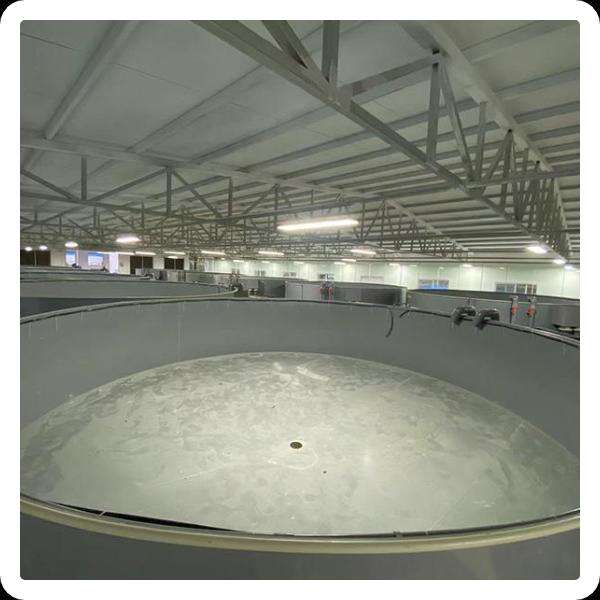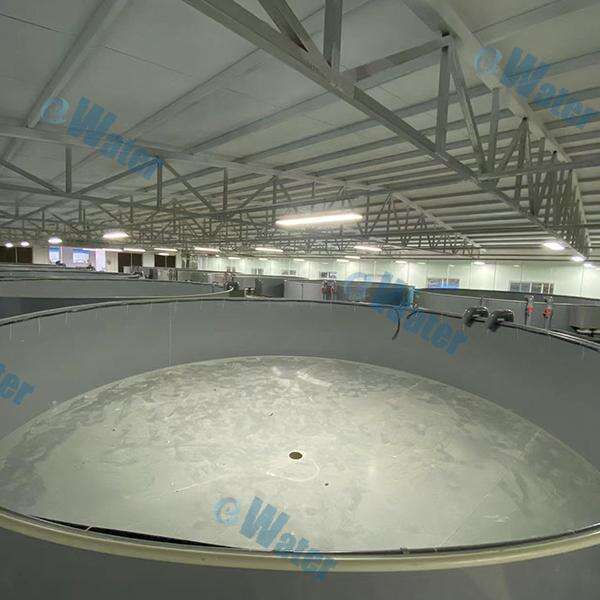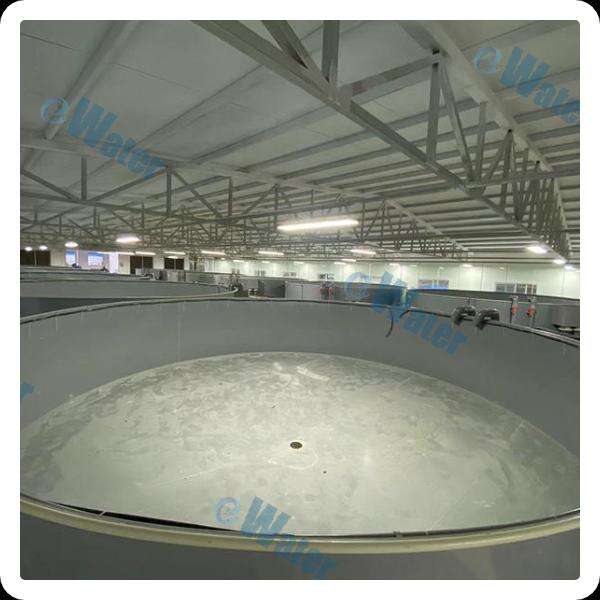Fish for a healthy future (by aquaculture)
:)Aquaculture is the farming of water. It refers to the breeding of a large number of animal species, including fish and other aquatic animals such as crustaceans, mollusks etc. This method is essential in the creation of high-protein food to feed masses of people. The aquaculture type that is more interesting comparing other one, it's called recirculating aquaculture system fish farming - you might not know what this sentence means and why should be here We shall understand more about the advantages, precautions to be taken, its uses and how it is sustainable with respect to RAS fish farming.
Benefits of RAS Fish Farming
Re-circulating Aquaculture System (RAS) fish farming is a method that allows us to culture fished in tanks with as close to natural conditions while using modern technology. A method centered around recycling and treating water to produce the right kind of environment for fish. What are the advantages of RAS compared to traditional fish farming? One, that the fish produced would be very good in quality and physically healthy which is made possible due to it being a closed-loop system. Because the fish are enclosed and protected from parasitic or bacterial diseases, oncoming predators whilst also cutting back water usage it is sustainable in nature.
RAS fish farming is incredible in the way it can imitate nature but while remaining fully controlled, and for this reason we believe that if done properly then RAS has a great deal of potential. The high tech system of RAS systems allows water quality, temperature, oxygen content and other such factors to be controlled by operators in order for fish growth to thrive. Moreover, RAS technology enables year-round fish farming as opposed to the traditional mode where growth is limited by season variations and weather conditions.

Implemented as an improvement over traditional fish farms which have sunk billions of dollars into antibiotics and chemicals used to combat diseases and parasites, RAS fish farming combines both biological filtration with UV irradiation in order to control the water quality a maintain disease-free environment. This environmentally savvy practice produces thriving fish that are disease-resistant, therefore reducing the need for chemical treatments where antibiotics work their way into your diet. Not to mention, RAS fish farms avoid the risks of an escapee getting out into wild populations and possibly disrupting whole ecosystems.
Use of RAS Fish Farming
It is flexible and can be used to raise a variety of fish species instead -- for example salmon, trout, tilapia or barramundi. Q: What kind of fish can you grow in recirculating aquaculture systems? It is used for several purposes including production of fish for fresh and frozen markets to ornamental fish breeding. The flexibility of this tech can grow different water creatures like shrimp and crawfish.
How to Use RAS Fish Farming
RAS fish farming is carried out by combining various filters, biological reactors and UV irradiation units that allow a feed water stream to be filtered through these varied spaces establishing a closed-loop system. New title: This is the last time I will say this... by any rate, all sorts of smart devices mean high water quality and environmental conditions that are prime for fish but also do require constant monitoring & management. The farming of RAS fish can be done from small scale to large-scale farms, depending on the farmer's needs.

To operate RAS fish farming system are technical, which requires specific knowledge and experience to be operated properly for its running operations. Partner with reliable vendors for service and support Furthermore, quality control should also be exercised to ensure that the fish healthy, safe for human consumption and of top notch as per standards. This includes regular water tests, good feed management and securing disease control.
How is RAS Fish Farming used?
Good news is, RAS fish farming has numerous uses - from food production to research and conservation efforts. In supplying fresh and frozen markets as well for breeding of ornamental fish, is a major supplier of fish It it an important industry. An RAS technology also makes monthly production possible, which means that fish can always be offered to the markets. Moreover, RAS technology can be a tool to analyze the fish behavior and physiology and participate in endangered species conservation efforts.

Fish farming using a recirculating aquaculture system (RAS) is an effective, protective and modern way of fish cultivation. Its advantages are the high-quality and healthy fish it produced, less water wastage, 365 days production etc. RAS fish farming uses cutting edge technology to ensure water quality and disease-free surrounding so consumers can enjoy the safe, fresh, healthy farm grown fish available. Starting and maintaining a RAS fish farm comes with its unique set of challenges but buying from reliable vendors, in combination with quality control measures will yield successful results.
will send engineers site assist installation qualification. design recirculating aquaculture system fish farm detail-oriented prints overseas customers ensure building prepared develop practical schedule, which includes timeframe requirements labor prior installation.
eWater relentlessly pursuring innovative RAS strategies lowers energy consumptions recirculating aquaculture system fish farmproductivity.We've succeeded delivering 400 RAS around world September 2022.
eWater manufactures recirculating aquaculture system fish farm RAS equipment. We've developed Gen-3 Rotating drum filters Gen-2 protein skimmers Gen-3 Gen-3 oxygenation systems 2018. provide 3-year guarantee we dedicated providing high-quality products a long-lasting warranty technical assistance. Since 2016, we been ISO/CE certified.
eWater is recirculating aquaculture system fish farm supplier aquaculture, specializing recirculating aquaculture systems, works our customers find best solution requirements.
Our professional sales team are waiting for your consultation.